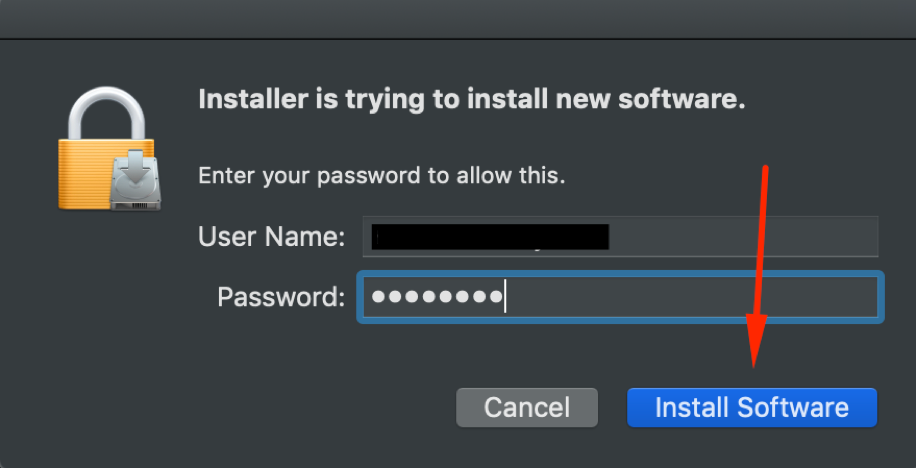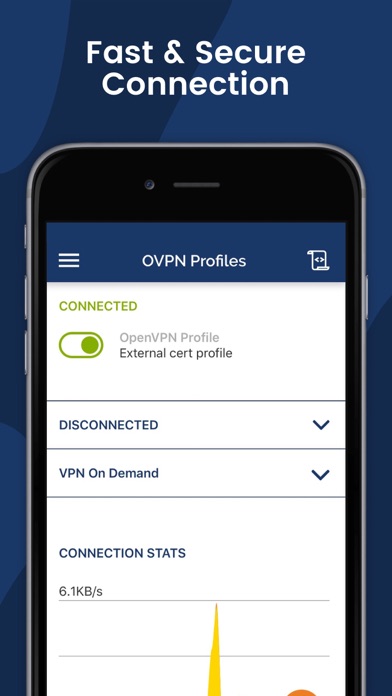


To create a new directory for storing your own racoon configuration. If for some reason you do not want to use certificates, the proposed set up should also work with PSK, but SSL certificates are arguably more secure and in VPN Main Mode allow you to use FQDN, or USER_FQDN, etc., as the client's peer ID, rather than its public IP address which on a laptop is likely to change regularly.Ĭonfigure Apple Mac's racoon configuration next.

Also make sure you import the CA Certificate and edit its Trust settings to mark it as trusted. Configure your private key preferences, using the 'Keychain Access' GUI, so that it can accessed by /usr/sbin/racoon. Select your client SSL certificate, after you import it into the "System" keychain, using MacBook's 'Keychain Access' application. Server Address: .IJK (use your Netvanta's public IP address)Īccount Name: macbookpro (use your Netvanta's XAUTH details here) To configure the Apple Mac client, go to its Network Preferences GUI and create a new service, selecting from the drop down options: The Apple Mac Client SSL Certificate should also contain its FQDN in the subjectAltName field. It is important to add to the Netvanta certificate the IP address and/or its FQDN in the subjectAltName field, because Apple Mac reads those to determine the remote peer. NOTE: I created the SSL CA, Netvanta and MacBook client certificates using OpenSSL. Ip access-list extended VPN-10-vpn-selectors

Subject-name "CN=3120_VPN OU=VPN Gateway O=VPN C=US ST=TN" Set security-association lifetime seconds 3600 Set transform-set esp-aes-256-cbc-esp-sha-hmac Ip crypto ipsec transform-set esp-aes-256-cbc-esp-sha-hmac esp-aes-256-cbc esp-sha-hmac
#Openvpn for mac client password#
Username "macbookpro" password encrypted "xauth_macbookpro_passwd"Ĭrypto ike client configuration pool Netvanta_VPN_modconfigĬlient authentication server list LoginUseLocalUsersĬlient configuration pool Netvanta_VPN_modconfigĬrypto ike remote-id fqdn macbook_VPN ike-policy 100 crypto map VPN 10 Username "admin" password encrypted "secret_admin_passwd" The configuration below shows only the VPN and XAUTH specific settings:
#Openvpn for mac client full#
#Openvpn for mac client pro#
I tried this on an Apple MacBook Pro running OSX El Capitan v.10.11.6. Apple are using their own fork of racoon to manage IKE negotiation, but it will not work out of the box by just using the Network Preferences VPN GUI, without creating a separate configuration file for it. After various attempts I managed to get Apple Mac's native VPN client to connect to a Netvanta 3120.


 0 kommentar(er)
0 kommentar(er)
